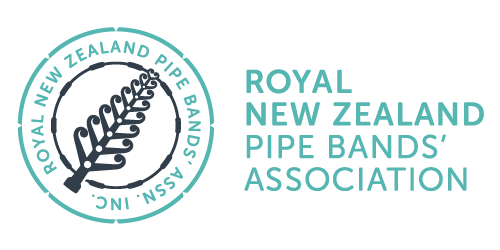In 1896 the first pipe band, the Caledonian Pipe Band of Southland, was formed in New Zealand. The origins of that band still exist today now known as the ILT City of Invercargill Highland Pipe Band.
In 1928 the Highland Pipe Bands’ Association of New Zealand was formed which comprised of a President, North and South Island Vice Presidents, a Secretary/Treasurer and 8 Board members representing 8 newly formed Centres. The governing body, which was known as the National Executive, therefore comprised of 12 people.
In 1982 the Highland Pipe Bands’ Association of New Zealand became the Royal New Zealand Pipe Bands’ Association and in 1985 became an incorporated society.
The association continued in the original form until 1993 when a review took place to streamline the organisation. One of the aims was a more agile entity.
A new organisational structure was recommended being a Management Board of just 3 people: a President and two Management Board members. The role of President would be contestable each year. The appointment of the two Management Board members would be on a two year term contestable rotation basis.

